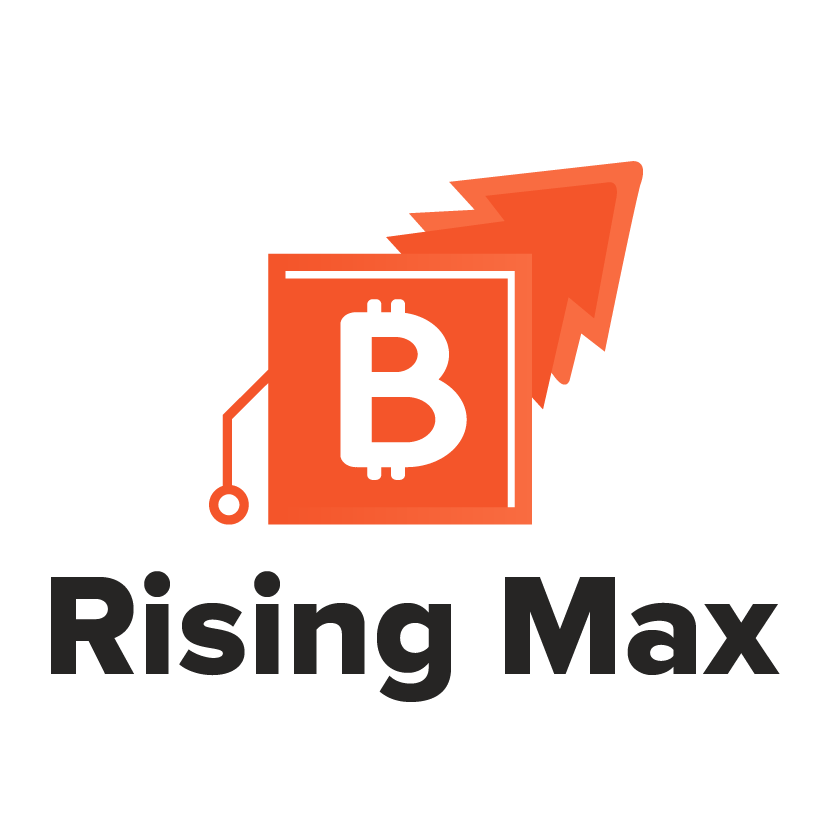(1/100) Crypto Countdown: Golem
Aug 23, 2018

We people at RisingMax, are open to serve businesses with successful blockchain software development worldwide.
We people at RisingMax, are open to serve businesses with successful blockchain software development worldwide.